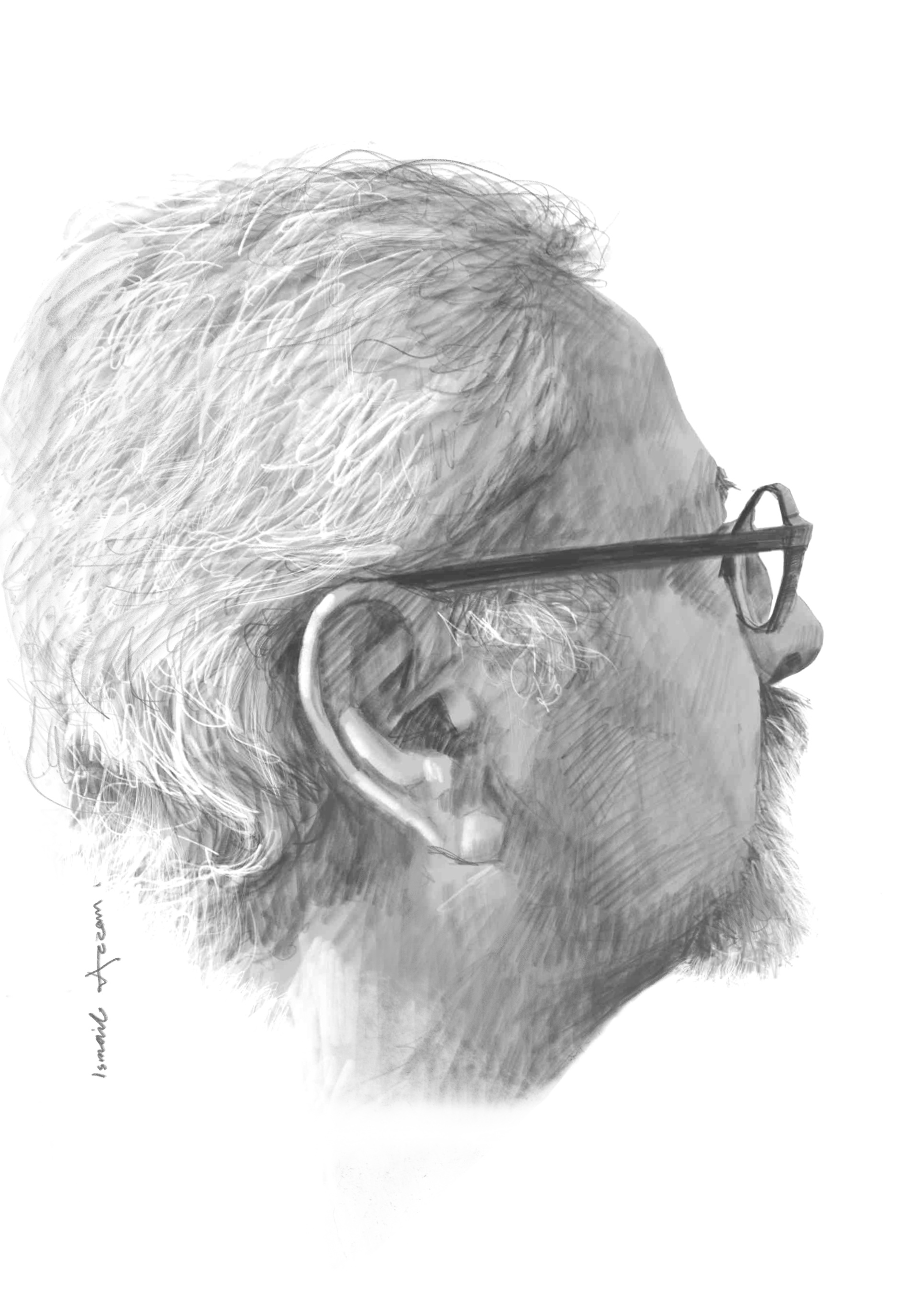Books
Today, Authoritarian Threats Rather Than Technological Limitations Make It Difficult to Capture the Oral History of the Arab World
The Tragedies and Political Realities of Aleppo’s Old Red Light District
Book Examines Lasting Legacy of Assassinated Cartoonist, Whose Work Drew on Experience of War and Exile
Listen to Etel Adnan
The Roots of Ego: Is Arab Literature Ready For Real Autobiography?
The State of Arab Journalism: Emile Menhem’s Dynamic Blend of Text and Visual Aesthetics Modernizes the Arab Newsroom
Emile Menhem: Invigorating Arab Journalism Through Graphic Design
By Lara Balaa
Khatt Books, 2019










